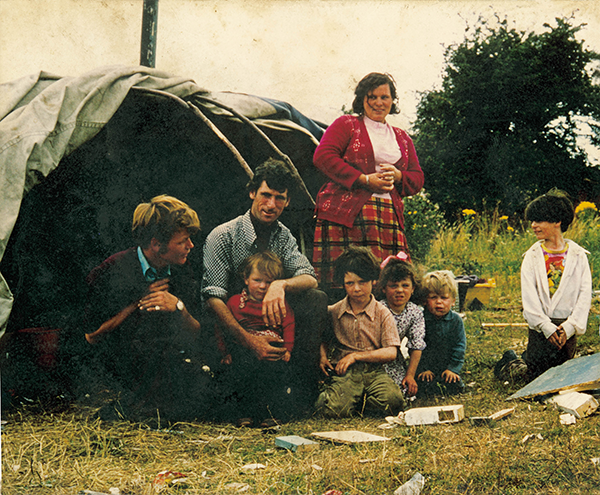Genealogy and DNA
Published in Issue 3 (May/June 2017), Volume 25In recent years technology has placed another essential tool within reach of genealogists—DNA testing kits.
By Fiona Fitzsimons
A person’s ancestry is written in his or her DNA. The evidence can be used to trace deep ancestral origins, especially when researchers have run out of historical documents from which to work. Family historians use three types of DNA evidence: autosomal, mitochondrial and sex (X and Y) chromosome. The main commercial providers of DNA testing for family historians can be found on-line and include FamilyTreeDNA, 23andMe, AncestryDNA and LivingDNA.
Autosomal DNA is the most useful test for genealogy research with a focus on more recent (typically five) generations. It examines the DNA inherited from both parents.
Mitochondrial DNA is passed from mother to child. A son might inherit it from his mother but cannot transmit it to his own children.
Y-chromosome DNA is the genetic material passed from father to son. As surnames and Y-chromosomes pass on the male line, it’s particularly useful for researchers engaged in surname studies.
Mitochondrial and Y-chromosome DNA tests are widely used in studying ancient DNA and migration. Incorporating DNA testing into family history can throw up some surprising results. A recent study in medical genetics led by the Royal College of Surgeons in Ireland and the University of Edinburgh concluded that Irish Travellers are a distinct and separate group within the Irish population. The DNA evidence tells us that Irish Travellers are descended from the earliest settlers in Ireland (c. 8,000 years ago), but that they separated from the main settled Irish community c. 500 years ago. Dr Ginapiero Cavalleri, who led the study, has suggested that there were probably many ‘separation events’ over millennia. Travellers’ own ‘folk-history’ has for a long time understood that their origins lay in Ireland’s medieval past. Michael McDonagh, of the Meath Traveller Network, has cited Eoin Mac Neill, the great medieval historian of the early twentieth century, who thought that Irish Travellers originated in the first millennium as a distinct community that travelled in Ireland and Scotland to provide industrial and craft skills.

Above: A County Leitrim roadside in the early 1970s—researcher Tommy Kilbrette (left) with Travellers Michael and Nell Reilly (née Maughan) and their children, Michael, Bridget, Eileen, Martin and Tom. DNA evidence tells us that Travellers are a distinct and separate group within the Irish population. (Michael McDonagh)
The idea of a minority group co-existing with the settled population raises interesting questions about the relationship between Traveller culture and mainstream settled Irish culture. Some historians even argue that Traveller culture preserves more of our original pre-conquest Irish culture, traditions and practices than is found in any other group in Irish society. If this can be proven, it will redefine our connection to Irish Traveller culture, putting it at the very heart of Irish identity. We’re already witnessing a profound change in terms of attitudes towards Travellers. On Wednesday 1 March 2017, Irish Travellers were finally given formal recognition as a distinct ethnic group within the Irish state. Listen here to the podcast of Michael McDonagh on Irish Traveller history and family history for the Expert Workshop series in the Royal Irish Academy (with a contribution by Dr Ginapiero Cavalleri): https://www.irishfamilyhistorycentre.com/article/expert-workshops-at-the-royal-irish-academy-of-ireland-2017-irish-traveller-culture.
Fiona Fitzsimons is a director of Eneclann, a Trinity campus company, and of findmypast Ireland.
















